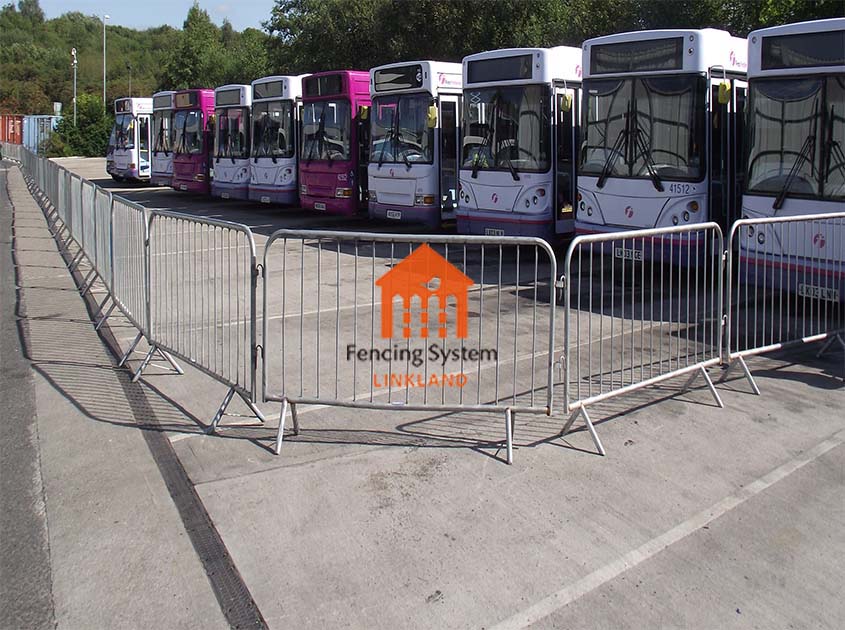Crowd Control Barrier plays an important role in events, performances, exhibitions and other occasions to maintain order, manage the flow of people and ensure public safety. When designing a Crowd Control Barrier, maximizing safety is crucial. This article will explore the best design principles for Crowd Control Barriers to achieve maximum safety and effectiveness.

Structurally sound and durable
The Crowd Control Barrier's structural soundness and durability are key factors in ensuring safety. Railings should be made of solid materials, such as steel or aluminum alloy, to ensure their ability to withstand impact and external forces. In addition, railings should be of appropriate height and thickness to prevent people from crossing and climbing. Wind resistance and crush resistance should be considered in the design to ensure that the railings remain stable and reliable when crowds surge.
Prevents pinch seams and sharp edges
Crowd Control Barriers should be designed to avoid pinch seams and sharp edges to reduce the risk of contact and injury. The gap between railings should be controlled within an appropriate range, not too wide to prevent people from passing through, and not too narrow to avoid pinching fingers or body parts. Also, the edges of the railing should be smoothed to reduce the possibility of scratches or cuts. Such a design can minimize the occurrence of accidents and personal injuries.
Easy to install and adjust
Crowd Control Barriers should be designed for ease of installation and adjustment. Railings should have a modular structure that allows for quick assembly and disassembly. In addition, the height and position of the railings should be adjustable to suit different occasions and needs. This design can improve the flexibility and adaptability of the railings, ensuring that they can maximize safety effects in various environments.
Pre:Effect of razor wire top on the effectiveness of fence for prison
Next:How Crowd Control Barriers Can Improve Your Event's Logistics